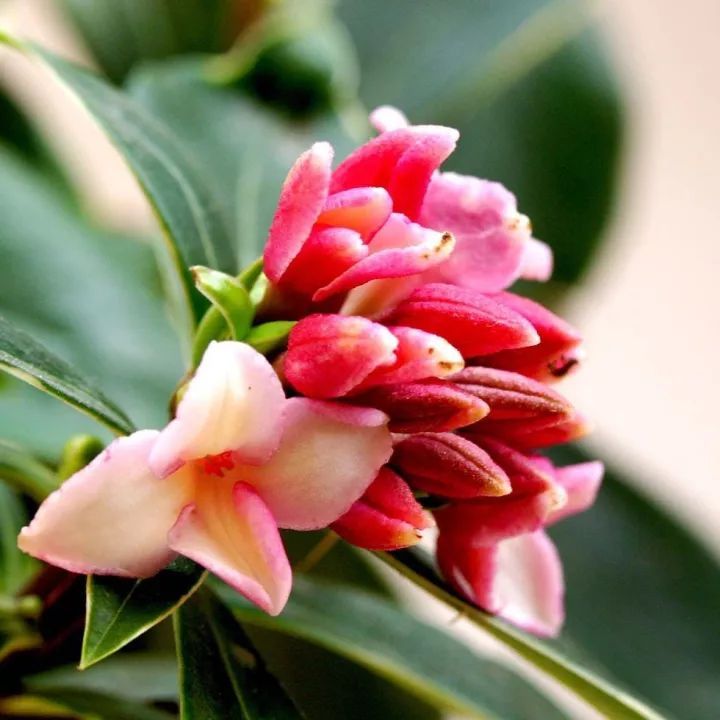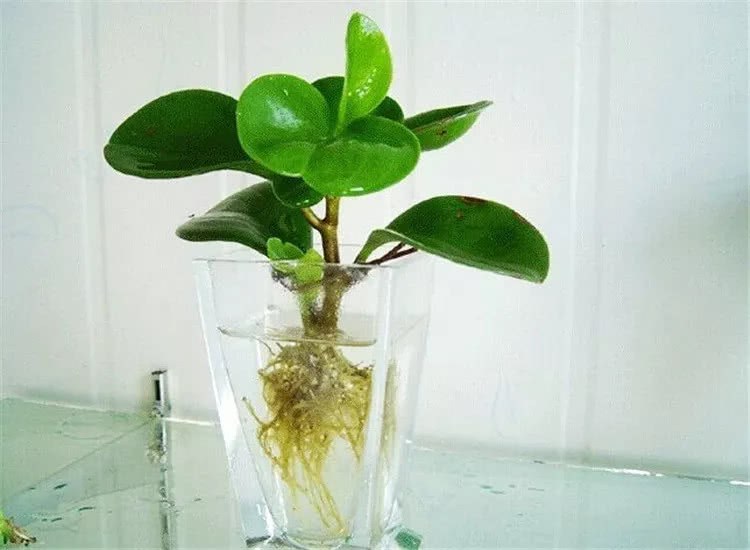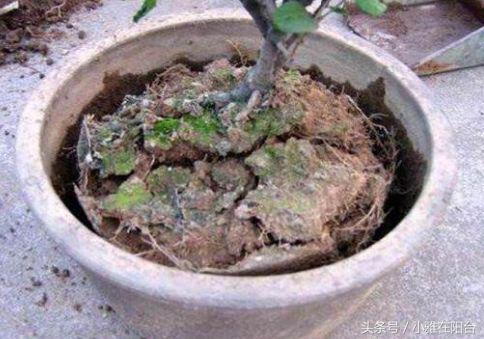Take good care of these fragrant plants to fill the home with fresh flavor.

Many flowers have a very fragrant taste, but not all of them are suitable for raising indoors. Today, the editor introduces several kinds of plants that are not pungent and suitable to be raised indoors. Let's have a look!
Daphne odora
Daphne is a rare flower in winter, and it is very ornamental, not to mention the leaves of Phnom Penh. The potted soil is made of fertile and loose, humus-rich and acidic rotten leaf soil, mixed with the right amount of river sand and rotten cake fertilizer.
In peacetime maintenance and management should pay special attention to control watering, such as too much watering, basin soil is too wet for a long time, easy to cause rotten roots.
It likes semi-overcast, winter and spring should be placed in a sunny environment, during the growth period, such as sufficient light, summer should be placed in a well-ventilated cool place, hot water should be sprayed to cool down.
Osmanthus fragrans
Raise sweet-scented osmanthus not to pick soil, most of the soil can, but too sticky yellow soil or alkaline soil, not good drainage is not good, with deep, loose and fertile, well-drained slightly acidic sandy soil is the best.
It is usually planted in spring or autumn, and it is best to plant in cloudy or rainy days. It is planted in a well-ventilated, well-drained and warm place. Generally, it is planted in a semi-shady environment and slowly moved to a sunny place.
It is no problem to plant in the open field to the south of the Yellow River to overwinter. potted plants can be moved indoors in winter and bask in more sunshine at a temperature of 5 ℃, but it is not suitable for a temperature of more than 10 ℃. If it does not blossom in the second year, it is too hot in winter.
Base fertilizer is added before planting, usually with organic fertilizer, and watered after planting. Keep wet before the new technology is issued, and do not apply fertilizer during the period. Fertilization can be applied once in spring and summer, and organic fertilizer can be applied once before winter, not thick fertilizer.
Jiuli incense
Jiuli incense does not have high requirements for soil, so you can choose sandy soil that is rich in humus, loose and fertile. Watering should be dry and wet, and water should not be accumulated in the basin so as not to damage the roots.
Ordinary soil can be fed. However, in order to bloom beautiful and more and fragrant, it is best to choose cultivated soil, more corrosive fertile soil. However, it is necessary to guarantee the ventilation performance of the period.
Jiuli incense is resistant to drought and is afraid of stagnant water. watering should be dry and wet. Remember not to water too much, or it will cause stagnant water and rotten roots and yellow leaves.
In general, fertilization can be applied around April in the growing period, and then once every two months.
Hibiscus hibiscus
It is a kind of flower very suitable for planting in the north, suitable for pot conservation, also known as "mini hibiscus". Maintenance requires loose, fertile and well-drained soil to maintain good drainage, preferably sandy soil mixed with a small amount of river sand, and appropriate addition of rotten organic fertilizer, so as to ensure its robust growth.
Its cold resistance is better, it can be maintained on the balcony or windowsill in winter, keep enough sunshine every day, it can blossom luxuriantly, a blossoming floret makes people happy to see.
Fusang
Pot mulberry should be planted with loose, fertile sandy soil, and the pot should be changed before moving out in early spring in April every year.
Replace with new culture soil, cut off part of the overdense curled fibrous roots, apply sufficient base fertilizer, and slightly add phosphate fertilizer to the bottom of the basin. The ability of growing branches of mulberry is better, and it can be pruned properly before and after early spring, except for 2-3 buds at the base, all the upper branches are cut, pruning can promote new branches, the growth will be more exuberant, and the plant shape will also be beautiful. After pruning, due to the reduction of aboveground consumption, it is necessary to properly control water and fertilizer.
Mulberry should be raised in sunny places, and the management of fertilizer and water, loosening soil and pulling weeds should be strengthened during the growing period. Apply dilute liquid fertilizer every 7-10 days, watering should depend on the dry and wet condition of the basin soil, too dry or too wet will affect flowering, daily sunshine should not be less than 8 hours.
After the cold day at the end of October, move into the indoor maintenance, the temperature is kept above 12 C, pay attention to less fertilization after autumn, will affect dormancy, the lowest temperature should be above 5 degrees.
Gardenia
Gardenia likes slightly acidic soil, which is also the key to determine the growth of gardenia. it is also loose, breathable and well drained. It is common to mix 7 parts of sandy soil and 3 parts of rotten leaves.
The optimum growth temperature is 16 ℃-18 ℃. Too low temperature and direct sunlight are extremely disadvantageous to its growth. In summer, gardenia should be placed in the shade of good ventilation, high air humidity and transparent light.
During the growing period, an appropriate amount of watering should be increased, and the watering frequency varies from place to place. When the basin soil is dry and white, it should be watered thoroughly at one time. Hot and dry in summer, spray to the leaves 2-3 times a day to increase air humidity and help plant cool.
After budding, the flower should not be watered too much, so as not to cause buds to fall. It is better to water dry in winter to prevent the roots from rotting.
After entering the peak growing season in April, you can top fertilize every half month (you'd better mix more water when fertilizing to prevent burning flowers).
- Prev

How to raise Douban green? Guide to the method and maintenance of Douban Green Water Culture
Bean green, Piperaceae, pepper is a perennial evergreen herb, favored for its bright luster and natural green. Many friends asked, how can Douban green be hydroponically cultivated? How to maintain and other questions, the following editor will give you one by one answer.
- Next

Flowerpot soil consolidation A little trick pot soil is loose, breathable and fertile flowers grow wildly and burst pots
People who like to grow flowers will not get tired of watching their potted plants a hundred times a day, but if they really want to raise the flowers and plants well, the potted soil is the key, the potted soil is loose and fertile and breathable, the flowers and plants can grow luxuriantly, flourish, blossom and bloom more, home.
Related
- Wuhan Hospital Iron Tree Blooming Result Was Instantly Frightened by the Gardener Master
- Which variety of camellia is the most fragrant and best? Which one do you like best?
- What is the small blue coat, the breeding methods and matters needing attention of the succulent plant
- Dormancy time and maintenance management of succulent plants during dormancy
- Minas succulent how to raise, Minas succulent plant pictures
- What are the varieties of winter succulent plants
- How to raise succulent plants in twelve rolls? let's take a look at some experience of breeding twelve rolls.
- Attention should be paid to water control for succulent plants during dormant period (winter and summer)
- Watering experience of twelve rolls of succulent plants
- Techniques for fertilizing succulent plants. An article will let you know how to fertilize succulent plants.

